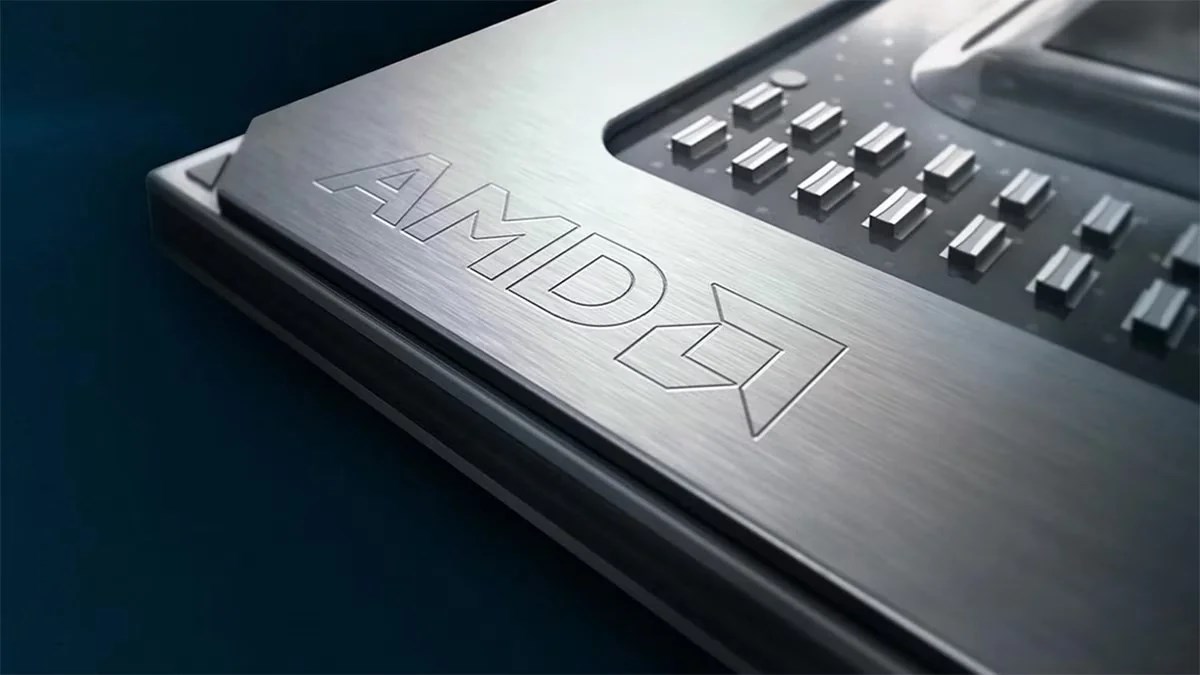 AMD is preparing for competition against Qualcomm, Intel and Nvidia in the Windows on ARM market with its new generation Sound Wave, which she plans to launch in 2026. According to recent leaks, this new ARM -based APU will draw attention with its energy efficiency and artificial intelligence (AI) performance.
AMD is preparing for competition against Qualcomm, Intel and Nvidia in the Windows on ARM market with its new generation Sound Wave, which she plans to launch in 2026. According to recent leaks, this new ARM -based APU will draw attention with its energy efficiency and artificial intelligence (AI) performance.ARM -based Sound Wave is coming from AMD
This chip, which was thought to be a Zen 6 -based mobile processor before, is now being developed as an ARM -based APU. According to the report of the Moore’s Law Is Dead, known for its leaks, AMD Sound Wave Apu will have a hybrid architecture that balances performance and power savings. The processor will include 2 P-Core (P-Core) and 4 e-core (e-core) for high-performance tasks.
APU will be produced during the 3nm process of TSMC. According to leaks, this processor will work in the 5-10W TDP range and target compact form factors.
Sound Wave Apu’s prominent technical details are as follows:
- CPU: 2 x P-Core + 4 x E-Core (6 cores)
- TDP: 5-10W
- Cache: 4 MB L3 Cache
- Graphic Unit: 4 x RDNA 3.5 Calculation Unit (Advanced Machine Learning Support)
- Memory Support: 128-bit LPDDR5x-9600
- Standard RAM: 16 GB
- Artificial Intelligence Motor: 4th Generation AI engine
- Mall Cache (Infinity Cache): 16 MB
AMD’s ARM -based Sound Wave Apu targets ARM devices developed for the Windows operating system. In this market launched by Qualcomm’s Snapdragon X Elite series, AMD aims to attract users by promoting higher performance and energy efficiency.
This new APU will be particularly on laptops that offer long battery life. Mall Cache (Infinity Cache) technology developed by AMD will accelerate artificial intelligence operations and minimizing energy consumption. In this way, devices will combine with low performance power consumption.
AMD’s new APU will have a 4 -core GPU based on RDNA 3.5 graphic architecture. However, leaks argue that this graphic unit can be called “RDNA 3.5+ çıkmış that offers advanced machine learning capabilities. However, it is not yet confirmed whether this graphics unit has the support of AMD’s new generation image upgrade technology, FSR 4.